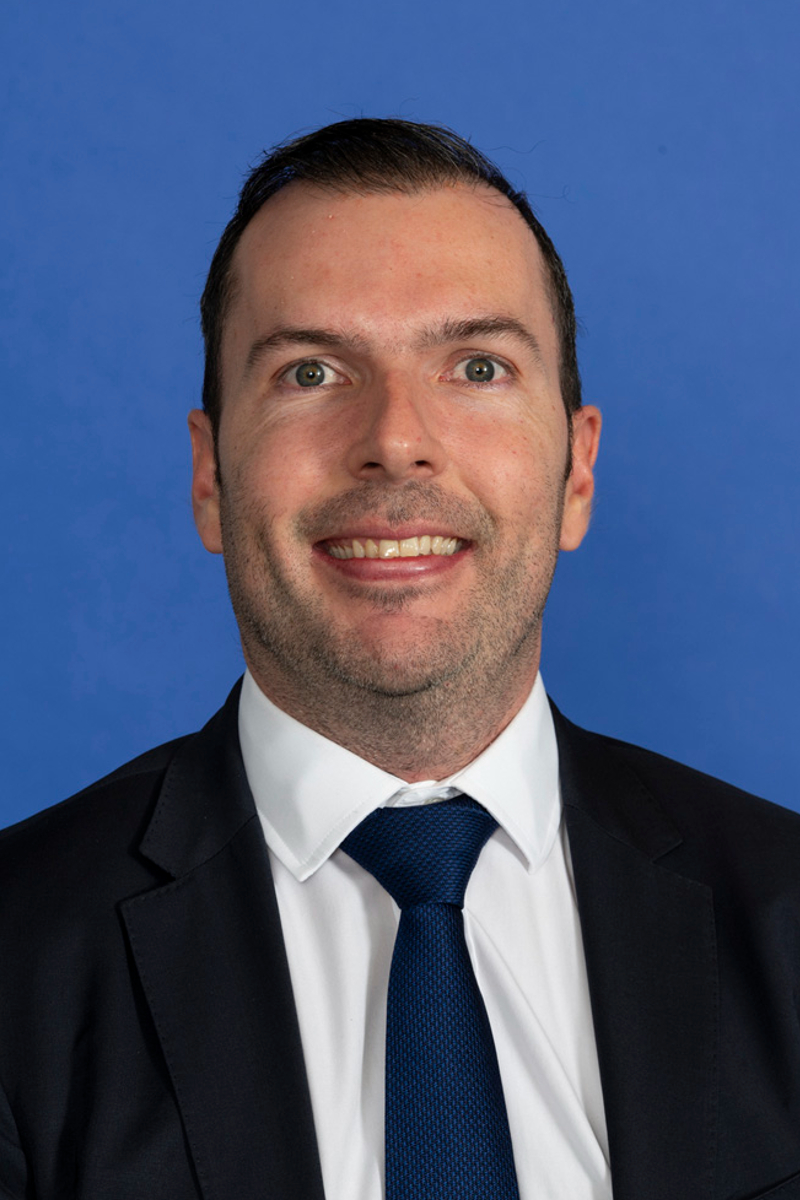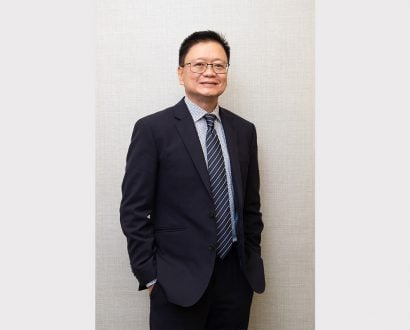For almost two years, the global disruptions caused by COVID-19 left many facing financial challenges while others thrived with new opportunities.
As governments scrambled to prevent any looming financial crises early on, ultra-high-net-worth (UHNW) individuals quickly refocused their investment avenues.
Working with UHNW individuals for the past 15 years, Citi Senior Client Executive Peter Molloy tells The CEO Magazine that for many of his clients, it was their first pandemic.
“It was really the fear of the unknown,” he recalls.
The biggest concern for UHNW investors was whether the mysterious new virus would lead to anything like the global financial crisis (GFC) of 2007–2009.
“Unlike the GFC, this time around it was clear central banks were going to step in early to alleviate fears of another banking crisis,” Molloy explains. “The government and central banks were quick to respond to stabilise confidence in the markets.”
With a sense of dependence across the global economy, Citi saw very little panic selling across their client base.
“Generally, UHNW clients are long-term investors and tend to ride out periods of volatility in the cycle by staying invested,” Molloy says.
As trust returned to the economy despite Australia’s differing border restrictions, so did investor confidence.
“Investors quickly switched from being concerned about their existing positions and formed a more forward-looking view in search of opportunities they could capitalise on,” Molloy says.

This approach meant many wealthy clients fared quite well during the COVID-19 crisis.
In fact, the financial expert revealed the Australian household savings ratio rate increased from 8–22 per cent during the pandemic.
“This provided investors with a cushion to manage their day-to-day finances,” Molloy explains. “UHNW investors usually have a liquid pool of funds set aside for opportunities – as we saw in March 2020.
“At Citi we saw investment volume grow by more than 20 per cent on a year-on-year basis.”
With international travel and lockdowns leading to savings growth, one of the biggest challenges for Citi regional managers was adapting to new forms of communication blended with the task of keeping clients invested rather than them opting for cash.
Term deposits today pay an average of 0.5 per cent with the inflation rate trending towards three per cent, which is lower than comparable investment options, the financial expert states.
“Most investors understand that staying in cash is actually earning negative real rates of return,” Molloy advises. “When we look at investments today, investment grade bonds are paying approximately three per cent and the average dividend yield on the ASX is 3.5 per cent, so it has been a straightforward decision for most clients to deploy capital outside of cash with a backdrop of extremely low rates.”
And those who didn’t turn to cash certainly reaped huge rewards – perhaps even better than ever.
“Since the pandemic began with declining interest rates, cash has actually been offering a diminishing rate of return,” Molloy says. “On the flip side, equity markets have now fully recovered from their lows last year.
“Similarly, the bond market has posted superior returns to cash during this period as well.
“As we have seen time and again, staying invested over the longer term is one of the golden rules of investing.”
Because of the temporary wave of uncertainty, clients also made a shift towards alternative investment commodities.
“Gold is often seen as an inflation hedge or a flight to a safety asset,” the financial experts says. “Our clients have actively gained exposure in the gold-mining sector as part of their overall allocation.
“In fact, we have seen volumes in the gold sector grow by three times in comparison to last year.”
Although many UHNW individuals invest locally, Molloy says clients should be looking abroad for the ultimate portfolio diversification. Many benefits to investing in foreign markets include decreased risk, a wider range of investment opportunities and currency diversity.
“Most Australian investors tend to be mainly invested in the local share market and property market,” he says. “I focus on explaining to clients the benefits of diversifying across different asset classes and geographies such as the US and Asia.
“It is increasingly important to have a global perspective when it comes to investing.”
Hottest investments
Where wealthy clients invest in times of uncertainty, according to Molloy.
-
Real assets
-
Tech
-
Health
-
Bonds
“Property was a big one. Naturally Aussie UHNW clients have a propensity to invest in all types of property, especially with lending rates so low.”
“We saw growing demand in the technology sector, particularly stocks impacted from the new hybrid model of working – for example, 5G and ecommerce.”
“Health care was also another popular sector amongst clients driven by consumer trends post pandemic and focus on the changing demographics globally.”
“Having an allocation to bonds as part of your wider portfolio is key. This is generally considered to be a defensive asset, particularly in times of market stress. It’s also important to know during a crisis, most central banks tend to cut interest rates. In a declining rate, environment investors tend to search for high income or yield such as bonds to achieve better returns than cash.”







